F-14D Tomcat vs F/A18 E/F Super Hornet
analysis: (Rear Adm. Paul Gillcrist U.S. Navy (Ret.); Bob Kress, aeronautical engineer at Grumman and Engineering Manager for the original design and development of the F-14 Tomcat.)
Super Hornet isn't so Super?
An F/A-18A was used to “chase” an F-14D test flight.
The F-14D was carrying four 2,000-pound bombs, two 280-gallon drop tanks, two HARM missiles and two Sidewinder air-to-air missiles. The chase airplane was in a relatively “clean” configuration with only a centerline fuel tank. At the end of each test flight and with the chase F-18 at full thrust, the chase plane was several miles behind the test airplane when the chase airplane reached “bingo” fuel and had to return to base.
• An F/A-18E Super Hornet is tested using the same chase airplane, an earlier model Hornet, in the same configuration. The chase airplane does not need full thrust to stay with the test airplane.
• An F/A-18E/F in maximum afterburner thrust cannot exceed Mach 1.0 in level flight below 10,000 feet even when it is in the clean configuration (no external stores). At 10,000 feet, the F-14D can exceed Mach 1.6.
• A quote from a Hornet pilot is devastatingly frank: “The aircraft is slower than most fighters fielded since the early 1960s.”
• The most devastating comment came from a Hornet pilot who flew numerous side-by-side comparison flights with F/A-18E/F Super Hornets and says: “We outran them, we out-flew them and we ran them out of gas. I was embarrassed for them.”
By Bob Kress and Rear Adm. Paul Gillcrist, U.S. Navy (Ret.)…argue that the Super Hornet is not necessarily the airplane the Navy needs for the future, and their backgrounds lend weight to their arguments.
Rear Adm. Paul Gillcrist U.S. Navy (Ret.) spent 33 years as a fighter pilot and wing commander and was operations commander of all Pacific Fleet fighters. Bob Kress is an aeronautical engineer and, during his long career at Grumman, he was directly involved in the development of a wide range of fighters. He was the Engineering Manager for the original design and development of the F-14 Tomcat. Their analysis makes an interesting statement when placed against the background of the war on terrorism.
The requirements for a practical deep interdiction fighter/bomber have long been the subject of controversy within the naval aviation community, especially when it comes to the F-14 Tomcat versus the F/A-18E/F Super Hornet. Often, however, the definition of “deep interdiction” is changed to fit the aircraft under discussion, rather than taking into account the real-world theater of operations for which it is destined.
Events over Afghanistan, however, have forced us to formalize what is really needed if an aircraft is to strike an enemy deep within its country. Today, we know that the politics of surrounding countries can dictate mission distances that stretch the ability of current aircraft to their limits.
The U.S. relies on Navy aircraft carriers as bases. So, when putting fighter/ bombers over Afghan targets, which aircraft led the charge?—the tried-and-true F-14 Tomcat with the F/A-18 Hornet well behind.
This particular conflict motivated us to address what we see as a serious problem concerning Naval aviation assets and the realities of the fields over which we will fight.
As shown over Afghanistan, there are four basic requirements of any carrier strike force:
Reach the target.
Don't get shot down by SAMs, AAA, or enemy fighters.
Strike the target.
Return to the carrier before running out of gas.
Within these four seemingly simple rules are the needs for an airplane to have a long range while carrying sufficient munitions to hammer a target and still be able to fight its way through enemy aircraft and AAA threats.
“Third World countries all around the globe are purchasing the very latest operational Russian-built fighters that are also licensed for production in China. The Russian aerial threat still exists; what has changed is that the pilots aren't Russians.”
Because our government isn't telling us all of its secrets, we'll have to make some assumptions when using Afghanistan as an example. It is, however, obvious that reaching the target presents a great challenge.
To avoid Silkworm-class missiles, the carrier battle group probably would not want to venture north of a line joining Masqat, Oman and Ahmadabad, Pakistan.
Along this line, the group would be somewhat west of Karachi. Reaching Kabul would require a one-way flight of roughly 825 statute miles.
Assuming the use of S-3 tankers, an F-14 strike, refueling somewhere between Quetta and Sukkur, Pakistan, wouldn't have any trouble attacking targets in the northernmost parts of Afghanistan.
If, however, an F/A-18E/F refuels in the same spot, it will barely make it to Kabul.
The un-refueled radius of an F-14 carrying the normal strike load (four 2,000-pound LGBs, two HARM missiles and two Sidewinders plus 675 rounds of 20mm and two, 280-gallon external tanks) is at least 500 statute miles.
Accompanying E/F Super Hornets have only a 350-statute-mile radius carrying about half the bomb load. To complete the picture of mission distances, the S-3s would have to dash back to the CVs, hot-refuel and meet the raid coming out of Afghanistan, which would be much in need of JP-4 cocktails.
Afghan campaign an all-USAF show? NO. Carrier-fleet effectiveness proved more valuable than thought: map studies combined with knowledge of geopolitical restrictions showed that carrier assets, primarily the F-14, were just about the U.S.'s only option. This has clearly been substantiated by events.
Of course, the F-14s were not the first to hit targets in Afghanistan; B-2 stealth bombers each carried 16, 2,000-pound GPS-guided bombs. They flew from Whiteman AFB in Missouri—a 33-hour round trip. Further, big-time USAF strategic air assets—B-52s and B-1s—arrived shortly afterward.
It was soon apparent that USAF tactical aircraft were not being used in Afghanistan. We found that, even given unlimited in-flight tanker refueling, the USAF F-15 and F-16 could not be used without a Middle Eastern ground base.
Turkish bases were simply too far away and would require refueling over hostile areas. Only the use of tactical air bases in Turkmenistan and/or Uzbekistan would work, and this would allow only partial coverage of Afghanistan.
The big question becomes: does the Navy have the assets to be able to carry this kind of war into the future, and what kind of planning is in place? To cut to the chase, the discussion once again reverts to whether or not the new Super Hornet will really cut the mustard or the Navy has taken yet another wrong turn that will cost us dearly on the battlefield.
A History of Naval Aviation difficulties
The subject of the erosion of Naval aviation has nagged both of us ever since the cancellation of the A-12 program by the Secretary of Defense in the late '80s. It was a watershed for a number of reasons, not the least of which was a level of bad management that hadn't been seen in the Pentagon for decades!
We can look back on that day and clearly see that the unraveling of the fabric of Naval aviation would become a long-term trend. Neither of us contends that the A-12, as envisioned by Navy leaders, was the right airplane to develop at that point in history; in fact, it wasn't! That, however, is another story for another time.
We have put off writing this article simply because we know it is likely to ruffle many feathers in the Pentagon and on Capitol Hill, but events in Afghanistan again brought our main arguments into focus.
Is writing this kind of article worth it, we wondered; we might be seen to be “piling it on” when the Navy is in difficulty and clearly on a steep, downhill slide.
Well, we have listened, with no small restraint, to the pontifications that justify how well the Navy is doing with its favorite program, the F/A-18E/F Super Hornet—despite unimpeachable reports to the contrary from the guys in the fleet.
Comments made to us by young fleet pilots who have flown the airplane and describe it as “a dog” carry much more weight with us than statements from senior officers and civilians higher in the food chain.
But certain pontifications in a statement by a senior Naval officer who should have known better served as the last straw.
The pronouncement appeared along with a spate of triumphal announcements that celebrated the “successful” completion of the Super Hornet's first operational evaluation (OPEVAL).
In a publication called “Inside Washington,” the Navy's director of operational testing is quoted as saying that the Super Hornet was superior to its earlier models “… in every category but three: acceleration, maximum speed and sustained turning performance.”
This pronouncement boggled our minds because these are the very performance capabilities that determine a tactical airplane's survival. Then, as if to justify this “hand grenade,” the officer is quoted as stating that the Navy has sacrificed speed in the Super Hornet for other beneficial capabilities, and he asserts, “brute speed is no longer the discriminator it once was when the benchmark was the Soviet threat.”
It is clear to us that this Naval officer doesn't have a clue about aerial combat and the importance of total energy in the complex equations of energy maneuverability. Nor does he seem to understand that Third World countries all around the globe are purchasing the very latest operational Russian-built fighters that are also licensed for production in China. The Russian aerial threat still exists; what has changed is that the pilots aren't Russians.
As a nation, we have always had the means to protect our own global interests as well as those of other countries. Short of nuclear war, the carrier battle groups have been able to strike on very short notice. A President's first question in time of crisis is often, “Where are the carriers?”
F-14s carry a major punch:
This says a great deal about a carrier battle group's effectiveness. Remember that there are—or there can be—24 F-14s on a ship such as the John C. Stennis (CVN-71). Twenty four F-14s can deliver more weapons than the entire 16 aircraft B-2 fleet.
Unfortunately, the numbers of F-14s are dwindling, and they will be almost gone in another 10 years (retired from service in 2006) . What will be the replacement?
With a layered defense, including air assets, guided-missile cruisers and frigates and undersea backing, the carrier battle groups are pretty well invulnerable.
On the Nimitz-class carrier, the F-14 was a truly long-range fighter/bomber—plus lightweight F/A-18A fighter/bombers. The long-range A-6 bomber has gone forever, but its derivative, the EA-6B Electronic War-fare (EW) aircraft is in place and is in much demand by both the USN and the USAF.
This country's Desert Fox and Kosovo experiences have, at last—and correctly—shifted the focus away from stealth and toward electronic warfare.
We will have more to say on this important topic in a subsequent article. In short, at the moment, the deck complement looks adequate. The F-14 can pick up the A-6 role because it was designed to do so from scratch. Its performance in Kosovo as a very effective strike leader has more than borne out that fact.
With LANTIRN, night-vision devices and synthetic aperture A/G radar, the F-14 targeted not only its own four 2,000-pound weapons but also the ordnance of the F/A-18s, which don't have such capable sensors.
F/A-18s only have 36 percent of the F-14's payload/range capability.
The F/A-18E Super Hornet has been improved but still has, at best, 50 percent of the F-14's capability to deliver a fixed number of bombs (in pounds) on target.
This naturally means that the carrier radius of influence drops to 50 percent of what it would have been with the same number of F-14s. As a result, the area of influence (not radius) drops to 23 percent! No wonder the USN is working on “buddy tanker” versions of the Super Hornet.
By the way, now that the A-6 tanker has gone, how will the Hornets get to deep-interdiction targets?
Contrary to what we're officially told, a tanker variant of the Hornet is simply not the answer.
In an attempt to make it supersonic, the F-18E has been given a low aspect ratio, razor blade of a wing. This hurts subsonic drag and carrier takeoff payload when compared with a KA-6 tanker, which is an aerodynamically efficient solution.
Equally silly is the proposal for an EW version of the F-18E. The same aerodynamic reasons apply for this airplane, plus it has an external stores dilemma. To get sufficient range to support a deep-interdiction mission, the EF-18E would have to use up precious external store stations with fuel tanks rather than ECM pods as carried on the EA-6B.
Perhaps the Navy should consider putting the EA-6B back into upgraded and modernized production and build some of them as tankers? Or more Super A-6s?
As this is being written, it is too early to comment in an informed manner on the war on terrorism in Afghanistan. The USAF heavy bomber raids are fully public. However, it is evident that USN carrier strike groups that consist of F-14s and F-18s are conducting the tactical raids.
A study of maps shows that CVN airborne S-3 tankers facilitate the conduct of these raids by refueling, probably over Pakistan. At this time, USAF tactical air assets do not have bases close enough to Afghanistan to allow airborne refueling over friendly nations. By the time this finds its way in-to print, that may have changed.
We should resurrect as many retired F-14s (of any configuration) as we can.
Second, combine these with fleet F-14As, the remaining F-14As and even the Iranian F-14 assets that might be obtainable (Iran took delivery of approximately 80 F-14s under the Shah; about 30 are still airworthy).
Third, design a program to upgrade all of these aircraft to F-14Ds. This may sound wild, but Grumman experience in restoring Malaysian A4D basket cases to mint condition in the '80s was very successful, and they were not even Grumman airplanes!
Similar success in restoring fleet A-6s at Grumman's St. Augustine, Florida, facility was achieved. It would be appropriate for the Navy or DoD to launch a study by a blue ribbon team under the aegis of NAVAIR. We estimate that about 200 additional F-14s could be brought back into the fleet.
The titanium box beams and bulkheads are nearly indestructible as well as repairable using electron-beam welding; but this is not yet a Tomcat II.
At the other end, the mission payload/range is greatly increased by flying unswept, as is air combat maneuvering. Why the latter? Because dedicated air combat occurs at below about Mach 0.8 because of high turning drag—an arena in which the F-14's 20-degree sweep is optimal. And, of course, the F-14 has been to Mach 2.51 with four Sparrows loaded at 68 degrees of wing sweep.
The F-14B/D have been flown to Mach 1.35 at 5,000 feet (813 knots IAS), at which point the throttle had to be retarded to avoid over-speed!
Re-engine the TOmcat II with F-119 or the F-120 engines: The F-119 has already been checked for fit. Upgrades of the GE F-110 might also be viable. The objective would be a 40,000-pound class turbofan (per engine).
Subscribe to:
Post Comments (Atom)









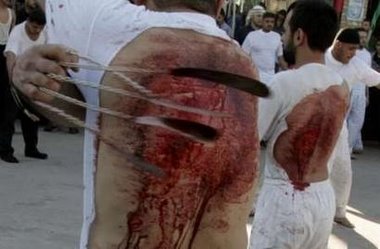



















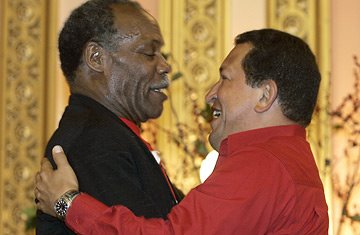

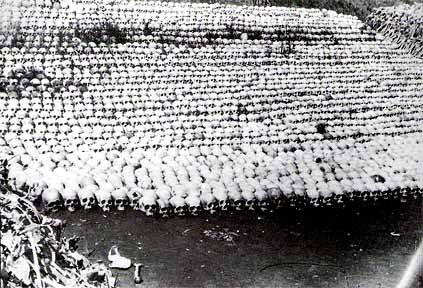
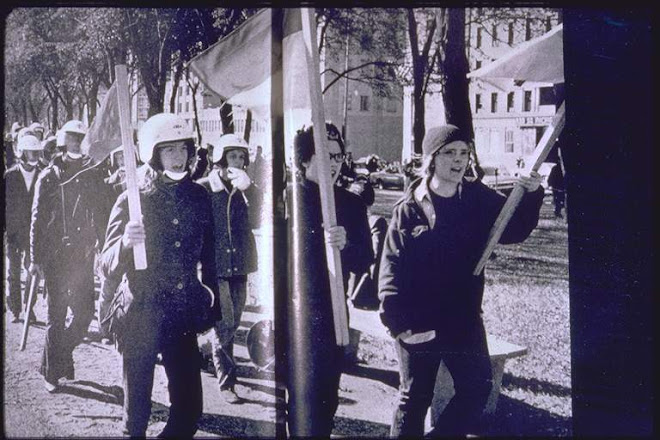
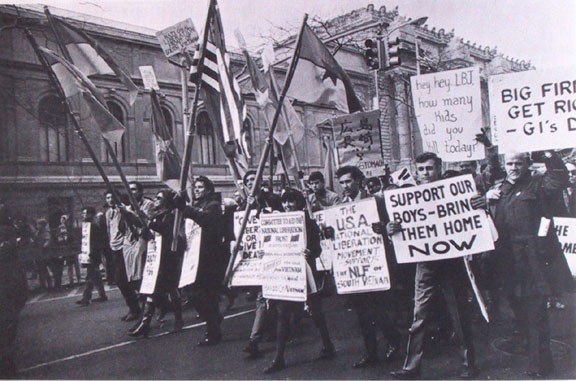






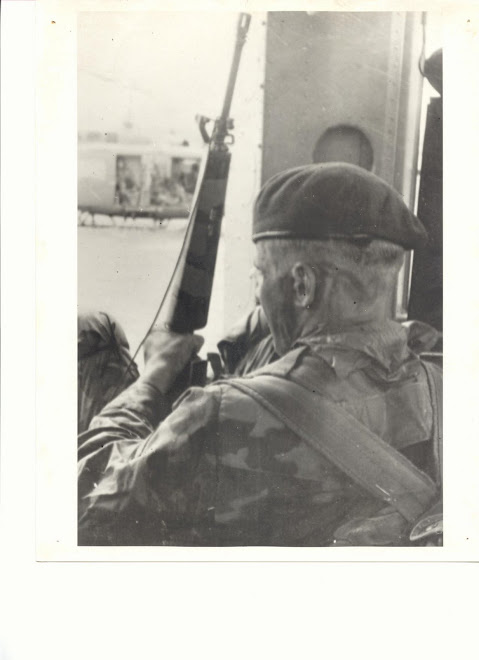










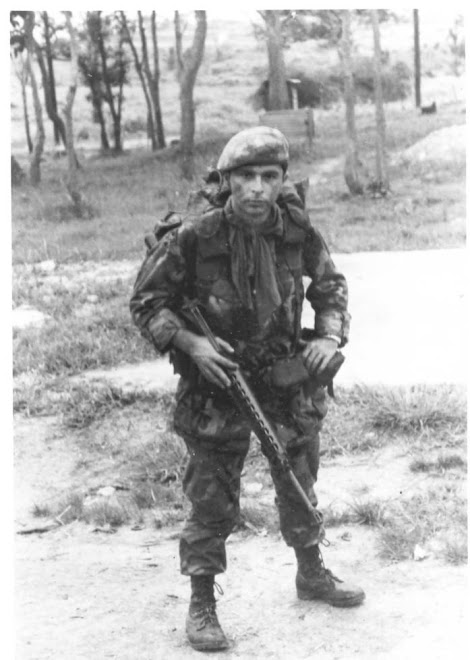
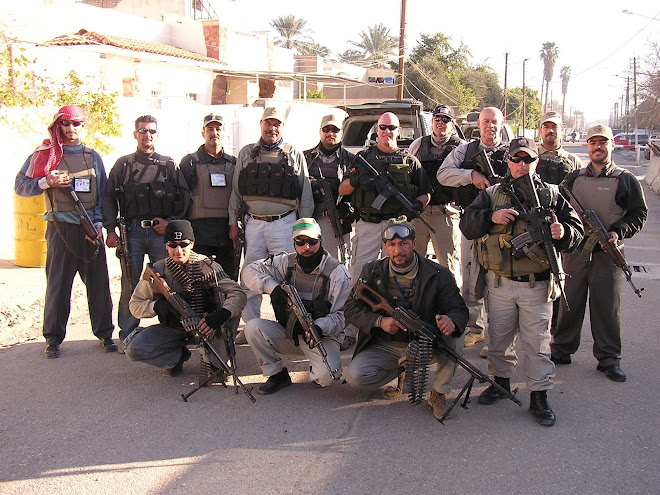
1 comment:
Look, I'm an F-14 fanboy, too, and I get all emotional about seeing the Tomcat go away because its production was halted in 1991 while Congress' darling, the F-15E Strike Eagle, is still in production today. (And no, I'm not bagging on the F-15 or saying any of its kudos are unfair). The F-14 was replaced with an inferior jet that cannot fly the fleet-defense missions of the Tomcat, no doubt about it. But when you get right down to it, if the admirals didn't lie, they sure wiped their feet on the truth.
First off, a clean Super Hornet cannot go supersonic below 10,000 feet? Two words: Bull. Shit. I've seen it vape at 200 feet over the ocean, which means that it was going Mach 0.99999 and had the transonic shockwave going, so it's sure as hell going to go supersonic at 10,000 ft.
Post a Comment